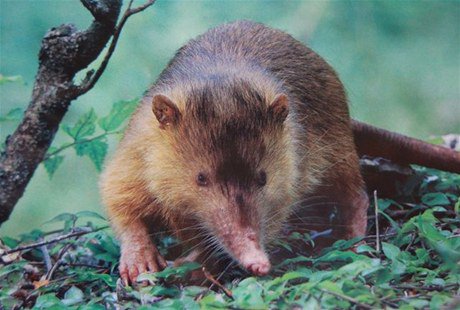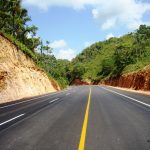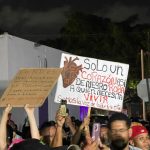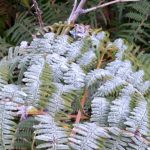Joint initiative to protect rare animals

The Hispaniolan solenodon. Photo: elcaribe.com.do
Santo Domingo.- The Ministry of the Environment and the Fundación Acción Verde launched a joint awareness-raising campaign focused on the need to protect endangered species, especially the solenodon, one of the most threatened and rare endemic species in the Dominican Republic.
The starting point was to identify the points where trappings or sightings have been reported and to work with neighboring communities to prevent the animals from being affected. The solenodon is considered to be a “living fossil” as it has inhabited the island for more than sixty million years.
“We have started working in some villages in the Septentrional Mountains, where we have received recent reports of captures and attempts to sell some specimens,” said Diego de Ocampo Natural Monument Administrator, Franklin Toribio.
Fundación Acción Verde volunteers Sterling Ureña and Carmen Durán said that their aim was not just to rescue the captured animals, but also to prevent rural residents from pursuing them out of ignorance or lack of awareness.
“We are focused on encouraging behaviors that will help the survival of our endemic species, many of which are endangered, ranging from fish like the Biajaca (Nandopsis tetracanthus or Cuban cichlid), bird species like the Hispaniolan parrot and mammals like the Solenodon. In order to achieve this education is essential.”
More than fifty people from several mountain communities took part in a workshop coordinated by the NGO and led by Lic. Nelson García Marcano from the Environment Ministry’s Biodiversity department, which is headed by José Manuel Mateo.
The Hispaniolan solenodon (Solenodon paradoxus) and the Hispaniolan hutia (Plagiodontia aedium) are the only survivors of a variety of land mammals that used to inhabit the island.
Since its first scientific description in 1833, the solenodon has been considered rare and highly threatened and was even believed to be extinct during several periods. However, recent reports of sightings around the island have given environmentalists hope that it will be able to survive and thrive in its natural habitat.
















